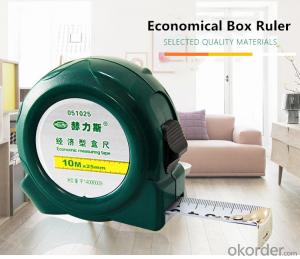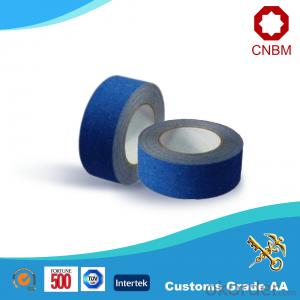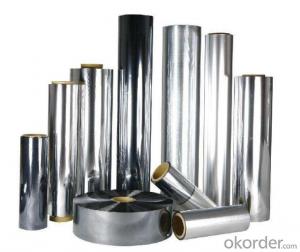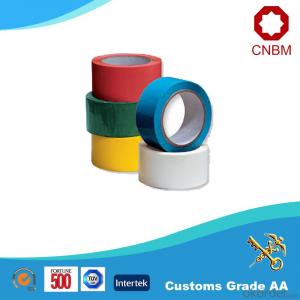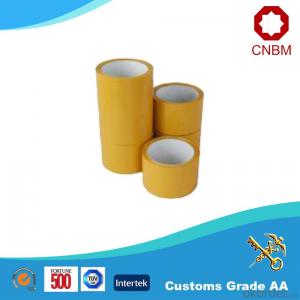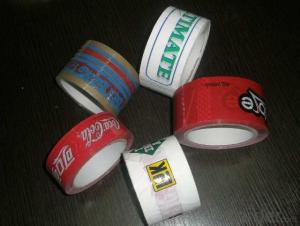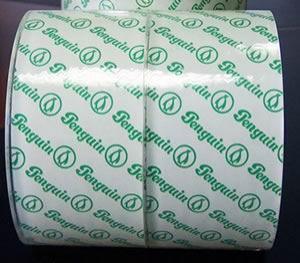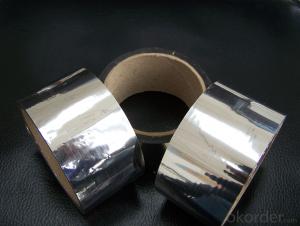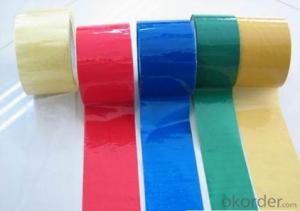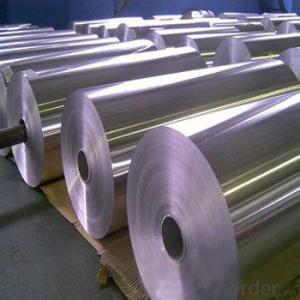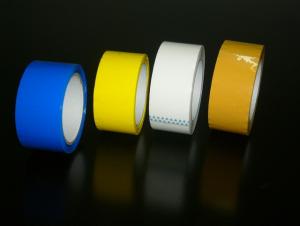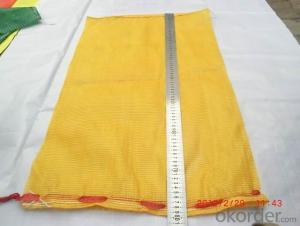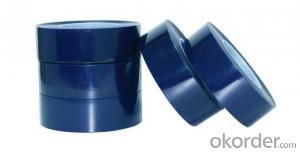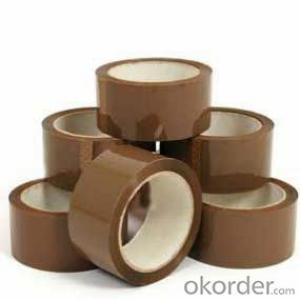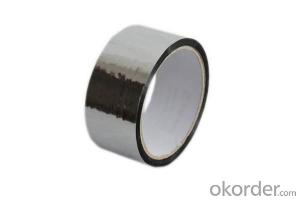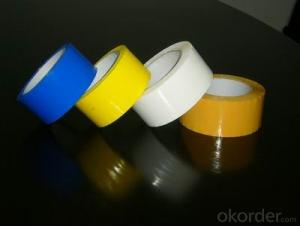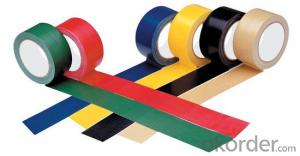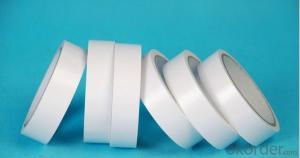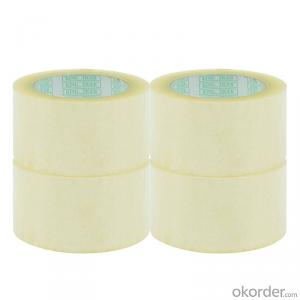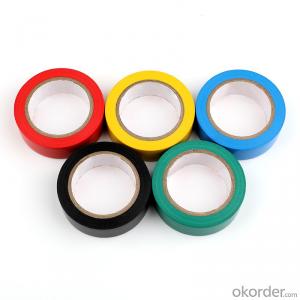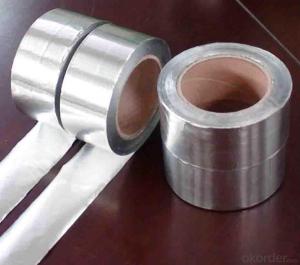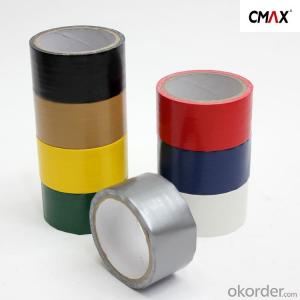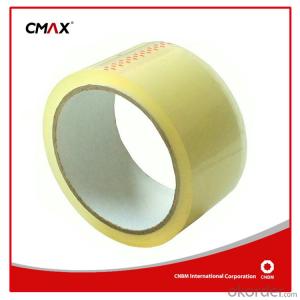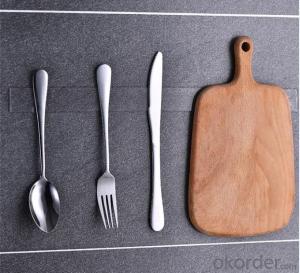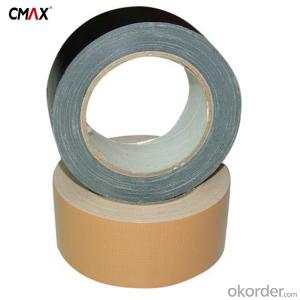Opp Packaging Tape
Opp Packaging Tape Related Searches
Led For Cannabis Growing Marketplace For Construction Materials Kst Values For Common Dusts Bedside Table With Light Light Fixture With Chain Plastic Storage Tubes With Caps Ge Dehumidifier With Pump Gas Furnace With Ac Teal Accent Chair With Arms Nightstand Lamp With UsbHot Searches
Inverter Size For Solar System Solar Panel Inverter Size Cost Of Drywall Per Sheet Large Size Aluminum Foil Aluminum Foil Market Size Solar Inverter Market Size Solar Inverter Size Chart Solar Inverter Size 1 2 Inch Type X Drywall Cost Of Drywall 1 2 Type X Drywall Geomembrane Market Size Geogrid Aperture Size Drywall Corner Bead Types Mini Inverter With Battery Online Shopping Portable Led Signs For Sale 4 Inch Water Pumps For Sale 1 Inch Plywood For Sale Used Woodworking Clamps For Sale Gas Powered Core Aerator For SaleOpp Packaging Tape Supplier & Manufacturer from China
Okorder.com is a professional Opp Packaging Tape supplier & manufacturer, offers integrated one-stop services including real-time quoting and online cargo tracking. We are funded by CNBM Group, a Fortune 500 enterprise and the largest Opp Packaging Tape firm in China.Hot Products
FAQ
- Yes, packaging tape does come in different dispenser options for ease of use. There are various types of dispensers available, including handheld tape guns, tabletop dispensers, and automatic tape dispensers, each designed to provide convenience and efficiency while using packaging tape.
- When it comes to porous surfaces, packaging tape shows decent performance, even though its adhesive strength might be slightly compromised compared to non-porous surfaces. This tape is specifically designed to stick to a variety of surfaces such as cardboard, paper, and fabric, all of which are commonly known as porous materials. However, because these surfaces are porous, some of the adhesive may seep into the material, resulting in a reduction in bond strength. Moreover, the tape may not stick as firmly to porous surfaces, which makes it more likely to peel or lift. To ensure maximum adhesion, it is recommended to make sure the surface is clean and dry before applying the tape.
- No, packaging tape is not suitable for repairing torn paper. It is designed for sealing and securing packages, not for mending torn paper.
- Packaging tape generally performs well in high humidity environments, but it depends on the specific type and quality of the tape. Most packaging tapes are designed to withstand moisture and humidity to some extent, as they are commonly used in various climates and conditions. However, prolonged exposure to high humidity can weaken the adhesive properties of the tape, causing it to lose its effectiveness in sealing packages. In high humidity environments, the moisture in the air can impact the tape's ability to adhere securely. The adhesive on the tape may become less sticky or even fail altogether, resulting in the tape peeling off or losing its grip on the packaging. This can lead to packages becoming unsealed, potentially causing damage or loss of contents during transportation or storage. To mitigate the effects of high humidity, it is advisable to use packaging tapes specifically designed for such conditions. There are tapes available that are specifically formulated with moisture-resistant adhesives or are reinforced with additional layers to enhance their strength and durability in humid environments. These tapes are capable of maintaining their adhesive properties even when faced with high levels of humidity. It is also important to store packaging tapes properly in a humidity-controlled environment when not in use. Exposure to excessive moisture or humidity can negatively impact the tape's performance even before it is applied to packages. Storing the tape in a cool, dry place can help preserve its integrity and ensure it remains effective when needed. In summary, while packaging tape can generally perform well in high humidity environments, it is crucial to consider the quality and type of tape being used. Opting for moisture-resistant or reinforced tapes and storing them appropriately can help maintain their effectiveness in sealing packages, even in challenging humidity conditions.
- Yes, packaging tape can be used for heavy boxes. Packaging tape is designed to be strong and durable, making it suitable for securing heavy or bulky items. It is typically made from materials such as polypropylene or polyester, which provide excellent adhesion and strength. When properly applied, packaging tape can effectively hold heavy boxes together, preventing them from opening or falling apart during transportation or storage. However, it is important to choose a tape that is specifically labeled for heavy-duty use to ensure optimal performance.
- No, packaging tape should not be used for sealing packages with hazardous materials. Hazardous materials require specific packaging and sealing methods to ensure the safety of those handling and transporting the package. In order to meet regulatory requirements, hazardous materials should be sealed using approved methods such as special hazard tape, tamper-evident seals, or specific hazardous material labels. These methods help to clearly identify the contents of the package, prevent leakage or spillage, and provide necessary warnings and precautions for those involved in the transportation and handling of hazardous materials.
- The average width of packaging tape typically ranges from 1.88 inches to 2 inches. This standard width allows for efficient sealing of boxes and packages, providing a secure and reliable closure. However, it is important to note that there are variations in tape widths available in the market, with some tapes being narrower or wider to accommodate specific packaging needs or preferences.
- Typically, packaging tape is not employed for sealing plastic wrap. Its purpose lies in firmly sealing packages by adhering to cardboard and other surfaces. Conversely, plastic wrap is a thin, see-through film utilized to cover and safeguard food or other objects. It is usually sealed by pressing the edges together or utilizing a specific plastic wrap cutter. Although packaging tape may serve as a temporary seal, it is not intended for use with plastic wrap and may fail to provide a dependable or durable seal. It is advisable to adhere to the manufacturer's recommended method for sealing plastic wrap.

